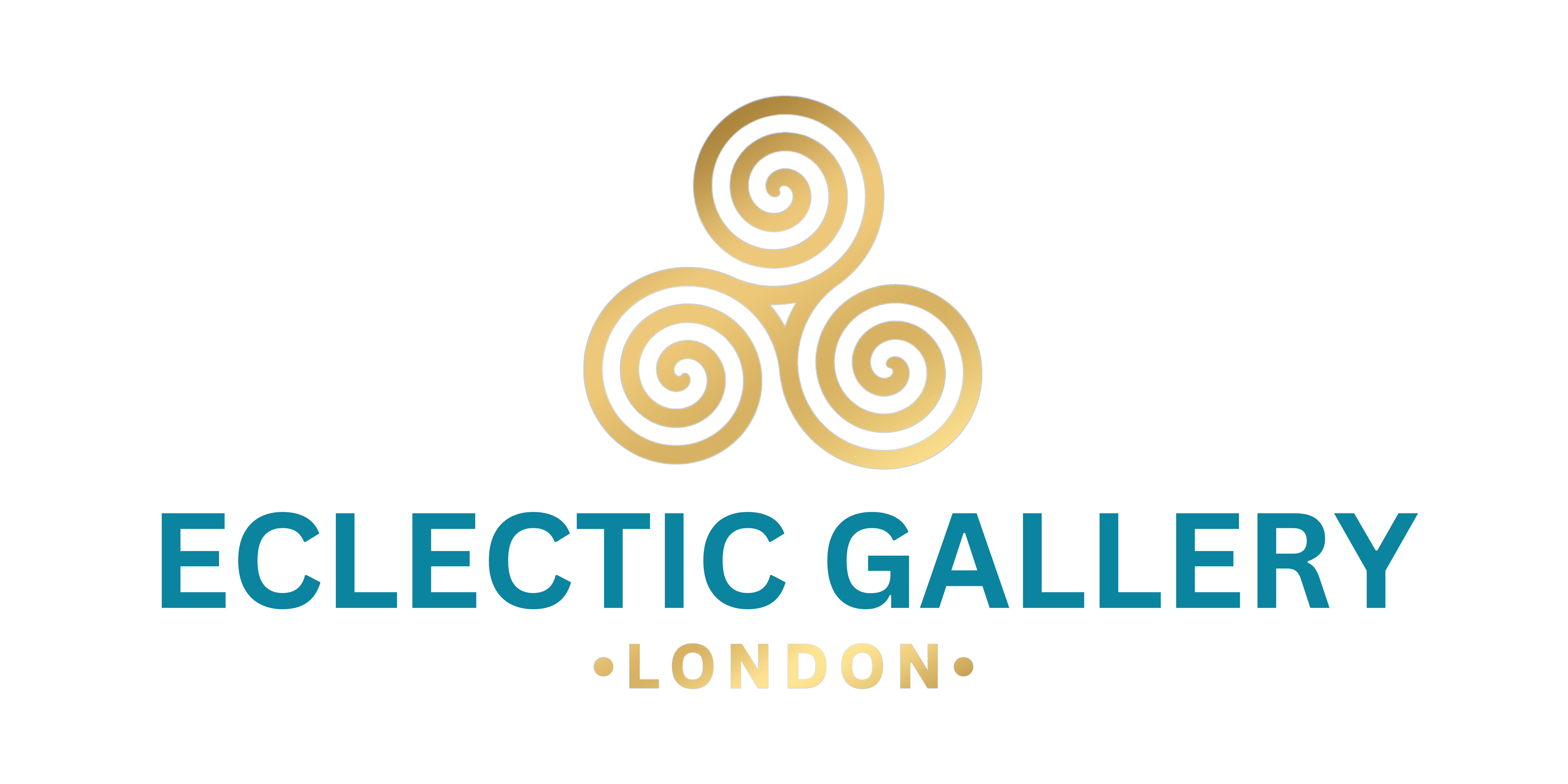The curation of an exhibition involves the careful selection and arrangement of artworks to create a cohesive and meaningful experience for viewers. It goes beyond simply hanging paintings on walls or placing sculptures in a room; it's about crafting a narrative, eliciting emotions, and sparking conversations through the arrangement and presentation of art.
Art curation, in essence, is the process of organizing and selecting artworks for display in a way that communicates a particular theme, concept, or story. It's about curating a visual journey that guides viewers through different perspectives, styles, and mediums, inviting them to engage with the art on a deeper level.
Curators play a crucial role in shaping the exhibition experience. They are responsible for selecting artworks, determining their placement within the space, creating accompanying materials such as labels or interpretive texts, and managing the logistics of the exhibition. Additionally, curators often collaborate with artists, collectors, and other stakeholders to bring the vision of the exhibition to life.
Curation is important because it adds context and meaning to individual artworks, transforming them into a cohesive whole that is greater than the sum of its parts. A well-curated exhibition can enhance the viewer's understanding and appreciation of art, providing insights into the artist's intentions, historical context, and cultural significance.
While anyone with a passion for art can appreciate and engage with curated exhibitions, not everyone can be a curator. Curating requires a combination of knowledge, skills, and experience in art history, museum studies, and exhibition design. Many curators have advanced degrees in these fields and gain practical experience through internships, fellowships, or apprenticeships in museums, galleries, or cultural institutions.
The role of a curator in an exhibition is multifaceted. They serve as stewards of the artworks, ensuring that they are displayed in a way that honors the artist's vision and maximizes their impact on the viewer. Curators also act as educators, providing context and interpretation for the artworks and facilitating dialogue between artists, viewers, and the broader community.
At Eclectic Gallery, our talented curators meticulously plan our events and exhibitions, ensuring that each artwork is properly taken care of and presented in the best possible light. We believe that curation is essential for creating memorable and impactful art experiences, and we're committed to curating exhibitions that inspire, provoke, and delight our visitors.
In conclusion, the art of curation is a complex and dynamic process that requires careful consideration, creativity, and expertise. By curating exhibitions that are meaningful and cohesive, curators have the power to shape the way we perceive and engage with art, enriching our lives and expanding our understanding of the world around us.

